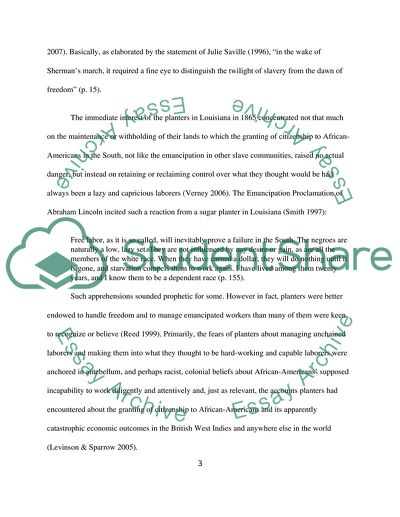Cite this document
(African Americans Citizenship and the Economy of Reconstructed Term Paper, n.d.)
African Americans Citizenship and the Economy of Reconstructed Term Paper. Retrieved from https://studentshare.org/history/1743991-historiographical-essay
African Americans Citizenship and the Economy of Reconstructed Term Paper. Retrieved from https://studentshare.org/history/1743991-historiographical-essay
(African Americans Citizenship and the Economy of Reconstructed Term Paper)
African Americans Citizenship and the Economy of Reconstructed Term Paper. https://studentshare.org/history/1743991-historiographical-essay.
African Americans Citizenship and the Economy of Reconstructed Term Paper. https://studentshare.org/history/1743991-historiographical-essay.
“African Americans Citizenship and the Economy of Reconstructed Term Paper”, n.d. https://studentshare.org/history/1743991-historiographical-essay.


